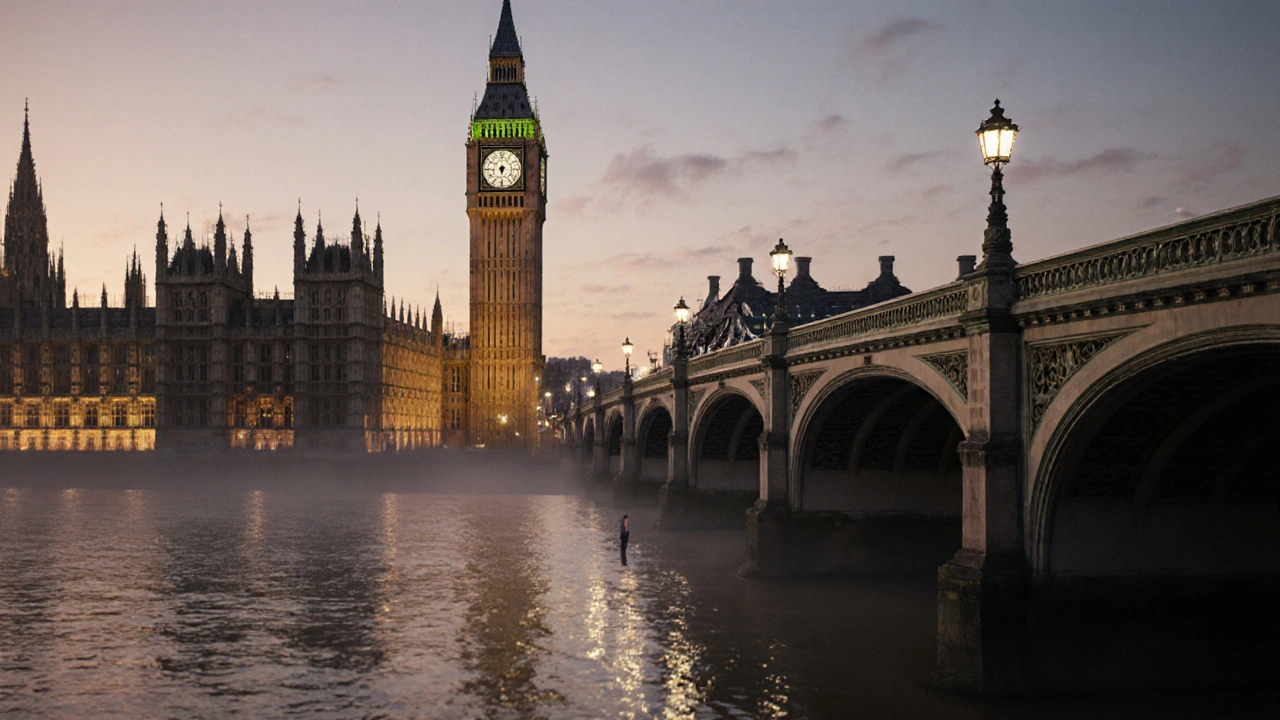Gothic architecture in London: Cathedrals, details, and historic landmarks
When you see a building in London with Gothic architecture, a style defined by pointed arches, ribbed vaults, and towering spires that emerged in the 12th century. Also known as pointed style, it was built to reach toward the heavens — not just in height, but in meaning. This wasn’t just decoration; it was engineering with purpose, turning stone into light. You’ll find it in churches, universities, and even city halls — places where people gathered, prayed, and learned for hundreds of years.
What makes Gothic architecture in London special isn’t just the grand cathedrals — though Westminster Abbey and St. Paul’s (in its earlier form) are jaw-dropping — it’s the way the style was adapted over time. The pointed arches, a key structural feature that redirected weight downward, allowing taller walls and larger windows let in more light than earlier Romanesque designs. The flying buttresses, those arched stone supports that look like arms holding up the walls were revolutionary. They didn’t just hold the building together — they freed up interior space, letting monks and worshippers move freely under soaring ceilings. You can see these in action at Salisbury Cathedral (just outside London) and the cloisters of Westminster Abbey, where the stone seems to defy gravity.
London’s Gothic buildings weren’t built all at once. They evolved. The Tower of London’s chapel, the Chapel of St. Peter ad Vincula, has early Gothic elements. The University of Oxford’s nearby colleges influenced London’s academic buildings, and later, 19th-century architects like Augustus Pugin brought Gothic back during the Victorian revival — not as a copy, but as a statement. Think of the Houses of Parliament: it’s Gothic, but it’s also a political symbol. The style wasn’t just about religion anymore — it was about identity, power, and permanence.
You don’t need to be an architect to notice it. Look up. See how the stone carvings tell stories? How the windows are tall and narrow, filled with stained glass that turns sunlight into color? That’s Gothic. It’s in the details: gargoyles that once channeled rainwater, tracery that looks like lace in stone, and the way shadows move across the walls as the sun shifts. These aren’t just old buildings — they’re time machines made of limestone.
What you’ll find below are posts that connect to this legacy. You’ll read about walking tours past stone-carved facades, quiet corners where medieval scribes once worked, and how modern London still lives in the shadow of these giants. Whether you’re climbing the steps of a cathedral tower or just pausing under a pointed arch on your way to the Tube, you’re walking through history — not just visiting it.
